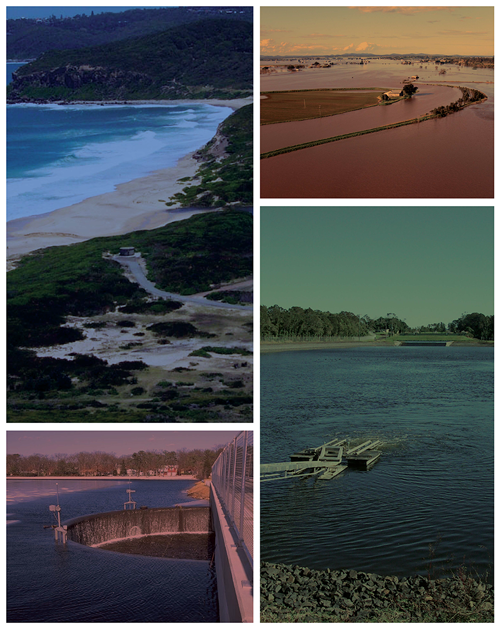Further to my previous post, the Lecturer and the Topic for the 2010 Darcy Lecture has been confirmed. The oration will be given by Dr Tim Scheibe on the topic: Quantifying Flow and Reactive Transport in the Heterogeneous Subsurface Environment: From Pores to Porous Media and Facies to Aquifers. Full details including an extended abstract and biography of the Lecturer are given below.
Once again the lecture is free but RSVP ([email protected]) is requested for catering. Alcoholic, non-alcoholic and light refreshments will be available after the Lecture.
Venue Details:
UTS Aerial Function Centre
Level 7, Building 10
Access via Jones Street off Broadway
Five minutes walk from Central.
2010 Darcy Lecture: Quantifying Flow and Reactive Transport in the Heterogeneous Subsurface Environment: From Pores to Porous Media and Facies to Aquifers
Hydrogeologists working on problems related to groundwater contamination, remediation, or water quality protection face an extraordinary challenge. The fundamental transport and reaction processes that control contaminant fate occur at length scales that are many orders of magnitude smaller than the scales at which predictions of observable phenomena are needed. Spatial variability (heterogeneity) of physical and biogeochemical properties exists across the entire range of relevant scales.
In this presentation, we will take a numerical journey through this range of length scales. Along the way, we will examine a number of case studies that illustrate both the challenges posed and some exciting ways that advanced computational methods are being brought to bear on these problems. We will start by examining pore-scale simulations of flow, transport, and reactions in porous media, in which the complex geometry of solid grains and pore spaces is explicitly quantified. Pore-scale models are being used to develop new understanding of fundamental processes that can be incorporated into larger-scale models that treat porous media as effective continua.
We will consider the applicability of two approaches: (1) direct upscaling of pore-scale simulation results using various methods, and (2) multiscale hybrid modeling, in which pore- and continuum-scale models are combined within a single simulation. At the continuum scale, complex geological heterogeneity is expressed at a multitude of scales. For example, in sedimentary aquifers one may observe sediment architectural elements such as lamination (typically millimeter scale), cross-bedding (typically centimeter scale), and larger units such as beds, bed sets, facies, formations, aquifers, and aquitards. We will examine the representation of geologic heterogeneity in reactive transport models, with a focus on the effects of correlated physical and biogeochemical heterogeneity. These issues will be presented in the context of a number of field sites relevant to U.S. Department of Energy contamination problems, including a bacterial transport site, a uranium bioremediation site, and a site with persistent uranium contamination associated with diffusion-controlled mass transfer processes
2010 Darcy Lecturer: Dr Tim Scheibe
The 2010 Henry Darcy Distinguished Lecturer Timothy “Tim” D. Scheibe, Ph.D., joined Pacific Northwest National Laboratory in September 1992 and is currently a staff scientist in the Hydrology Technical Group. He received his bachelor’s degree in geological engineering from Washington State University, a master’s in civil engineering from the University of Washington, and a Ph.D. in civil engineering from Stanford University. At PNNL, he has been responsible for proposal development, project management, and technical contributions in a number of different areas of environmental research and technology development broadly related to the hydrologic sciences.
His primary research focus is on characterisation and numerical simulation of natural subsurface heterogeneity, and its impacts on biogeochemically reactive transport in groundwater systems. His research projects include both computational and field experimental elements. Recently, he has worked on problems in the area of subsurface biogeochemistry, including microbial transport in groundwater, and bioremediation of metals and radionuclides. He is currently collaborating with computational scientists and applied mathematicians to simulate coupled flow, transport, and biogeochemical processes at cellular, pore, and continuum scales. His research is supported primarily by the Department of Energy’s Office of Science through the Environmental Remediation Science Program and the Scientific Discovery through Advanced Computing Program.
Scheibe is a member of NGWA. He has served on the editorial board of the NGWA journal Ground Water® since 2001 and is active in the American Geophysical Union, in which he currently represents the Hydrology Section on the Joint Assembly Program Committee.



Leave a Reply